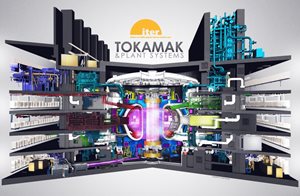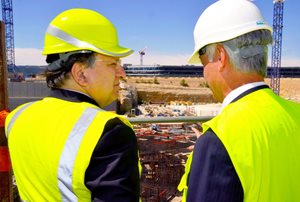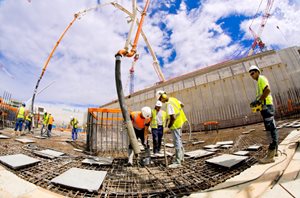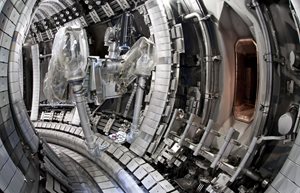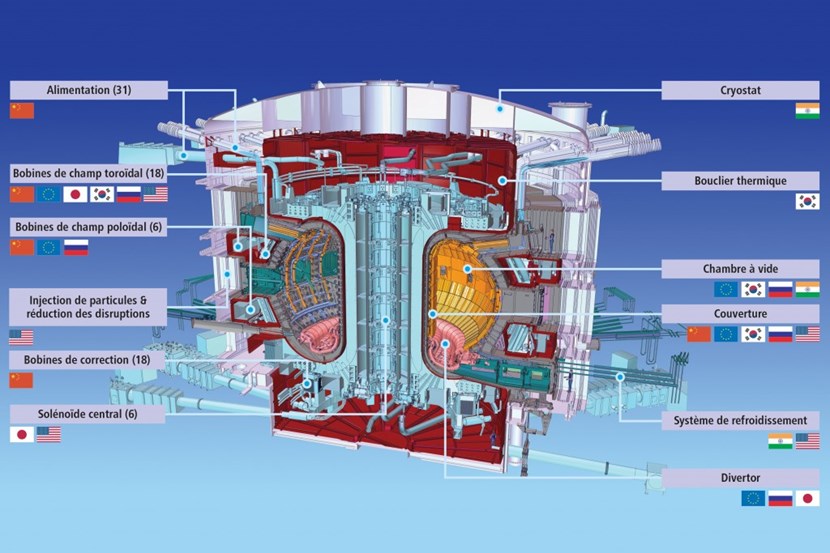
ITER Members are involved broadly in the in-kind procurement for ITER, sharing responsibility for the fabrication of components and systems. Participating in ITER also means reinforcing the scientific, technological and industrial base in fusion back at home. (Note: not all components and contributions could be reproduced here.)
Adding to the complexity of ITER is a unique procurement program that divides the fabrication of the machine's components and systems among the seven ITER Members (China, the 28 members of the European Union plus Switzerland, India, Japan, Korea, Russia and the United States).How much does ITER cost?
Whether you're manufacturing a T-shirt or an ITER blanket module, fabrication costs vary widely from one country to the next.
In a similar manner, the evolution of Member currencies as well as labour and material costs over the ten years of ITER construction can fluctuate dramatically.
The ITER Unit of Account (IUA) is an in-house currency that was created as part of the ITER Agreement to provide a stable base over time and to equitably allocate the value of in-kind procurement to each Member. It's in IUA, or more exactly, thousands of IUA (kUIA), that the ITER Organization assigns value to each one of the Procurement Arrangements signed with the Domestic Agencies.
Does that help us to know how much it will cost to build ITER? The European Union has estimated its global contribution to the costs of ITER construction at EUR 6.6 billion. The value of other Member contributions depends on the cost of industrial fabrication at home, which can be higher or lower, and the percentage contribution to ITER construction.
Based on the European evaluation, we can estimate the cost of ITER construction for the seven Members at approximately EUR 13 billion (if all the manufacturing was done in Europe). This cost will be shared over ten years by the 35 countries that make up the ITER Members (who, together, represent 80% of the planet's gross domestic product).
As one element of comparison, Qatar is investing EUR 150 billion in infrastructure for the 2022 World Cup.
China, India, Japan, Korea, Russia and the United States have each agreed to cover 9.1% of ITER construction (nine-tenths of this contribution will be supplied in kind to ITER, and only one-tenth in cash). Europe, host to the ITER Project, participates at the level of 45%, including a share of ITER components and systems as well as nearly all the buildings of the scientific facility. For its greater investment, Europe also reaps the lion's share of economic benefits (EUR 4 billion in contracts have been awarded for ITER on European territory since 2007).

